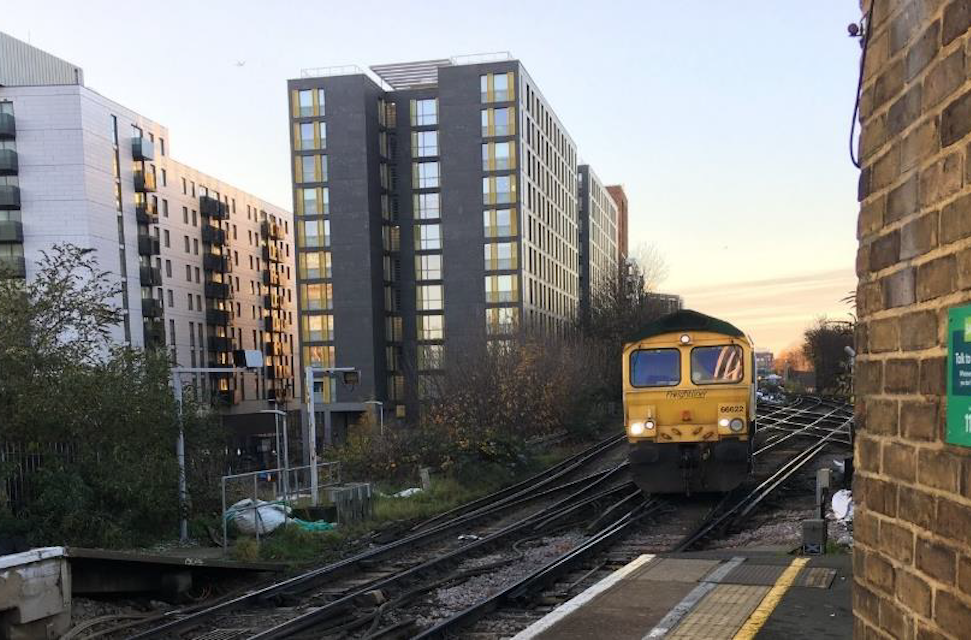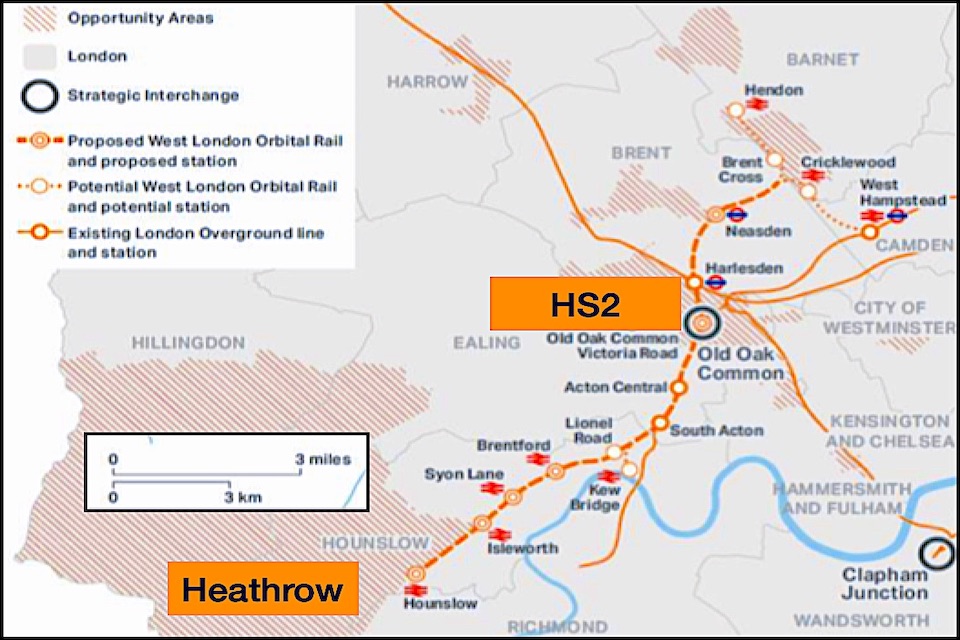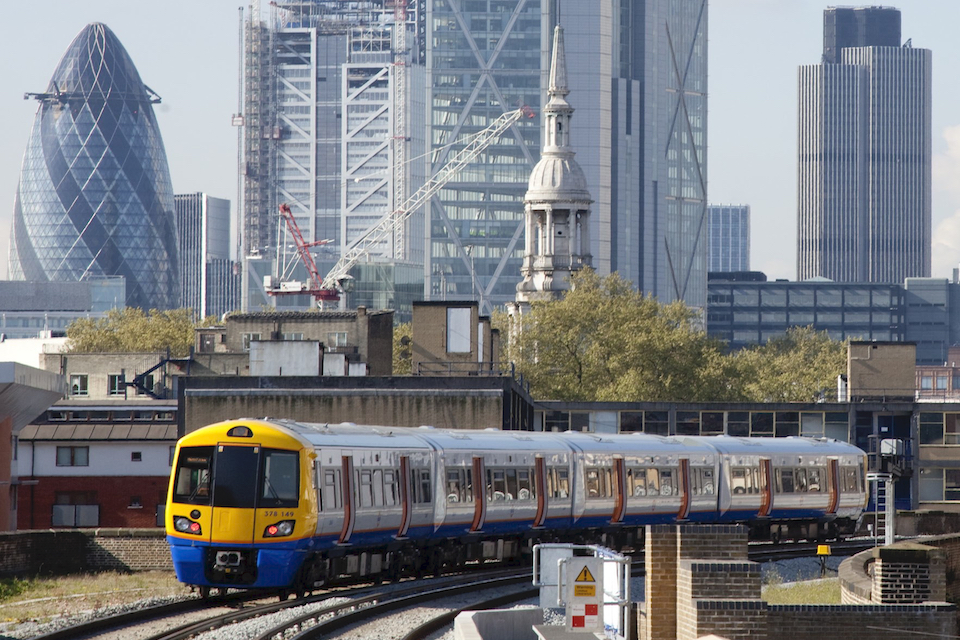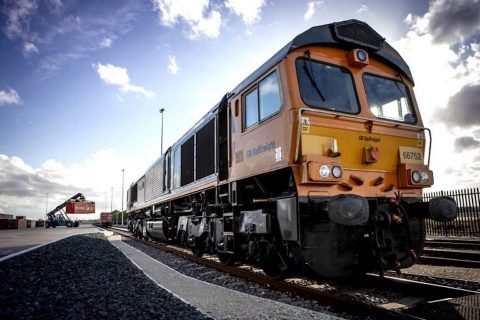West London Orbital freight line would connect Heathrow and HS2

Transport for London (TfL) has unveiled ambitious plans to massively upgrade a freight-only spur and rebrand it as the West London Orbital, a link that will connect Hounslow to Hendon and West Hampstead in the north. That opens up the possibility for direct services between London’s Heathrow Airport and Old Oak Common, which will be the initial terminus of HS2, the high-speed railway project which is currently under construction.
The line, which would be adopted into the London Overground network, could be transformational for public transport in the west and northwest of the capital. A feasibility study may well go ahead later this year, opening up the intriguing likelihood of the project being delivered to the HS2 terminal in advance of the actual trains from Birmingham.
Early proposals for High Speed Two included a spur to connect the project with Heathrow Airport on the western edge of London. Those ambitious proposals were an early casualty of the HS2 reality check, which has since seen that project cut back to a core service between London and Birmingham, with the rest of the network on pause.
However, a scheme to vastly improve metro services across the west of London could offer a viable alternative, with a fast connection directly into the interim HS2 terminus at Old Oak Common. The line, the West London Orbital, which was conceived as an enhancement of the London Overground network, has received fresh impetus from the changes to the HS2 project and is firmly on the agenda at Transport for London if its freight commitments can continue to be met.
Provides a freight artery
The West London Orbital, if built, will use existing rail lines, including a section called the Dudding Hill line, which is currently used for freight services only. According to Transport for London, the public transport authority in the capital, the scheme will provide new stations on the Dudding Hill line, as well as additional platforms and facilities at other existing stations along the route. The line will connect with the high-speed railway HS2 at Old Oak Common, although schematic plans suggest that the WLO station would be a separate project, probably connected by walkways. Keeping the station separate from HS2’s Old Oak Common terminal preserves the integrity of the project, no matter what may happen with the high speed line’s construction timeline. It also keeps open the options for freight – a collateral benefit of HS2 that has been promoted vigourously.

The stated objectives of the West London Orbital service are to improve public transport services to and between major passenger traffic destinations in west and northwest London. The railway would enhance the area’s economic growth and competitiveness, say TfL. It would also enable and optimise the delivery of new homes and jobs in line with the principles of good growth, adds the authority.
The railway will enhance public transport capacity in west and northwest London, relieving pressure on existing corridors and ensuring the resilience of the public transport network as population and the economy grows. Critically, there is precedent for incorporating enhanced passenger timetables into a line that serves freight. The Gospel Oak – Barking line, which is core part of the existing Overground network, also provides a freight artery across north London. It hit the headlines when it was severely disrupted by a huge derailment in January 2020, when a goods train dragged a derailed wagon for over 2,500 metres, ripping up track along the way.
Providing paths for freight traffic
To move forward plans for the West London Orbital, Transport for London is working closely with the West London Alliance, West London borough partners, and Network Rail to develop the case for the scheme. They’re currently exploring the engineering challenges and timetable feasibility, and seeking to identify funding opportunities. Work completed so far shows that a new rail service is the best option to meet economic development objectives. During 2023, TfL will finish their initial feasibility work, which will identify a recommended route and service frequency for the route. If that follows the pattern elsewhere on the Overground, that would see at least four passenger trains per hour in each direction.

Providing paths for freight traffic would be complicated, but provision for through goods traffic figures highly in the current proposals. The feasibility work will also give a robust cost estimate and assessment of the scheme benefits, which will help make recommendations for developing the design and securing approvals needed for implementation. If funding can be identified and TfL gets all approvals needed for the scheme, then services could start in the early 2030s. That could well put WLO trains into Old Oak Common before HS2 services arrive. TfL does stress that all proposals will be subject to future public consultation before any major decisions are made. Meanwhile, freight rolls on, proving the worth of the West London Orbital concept.




